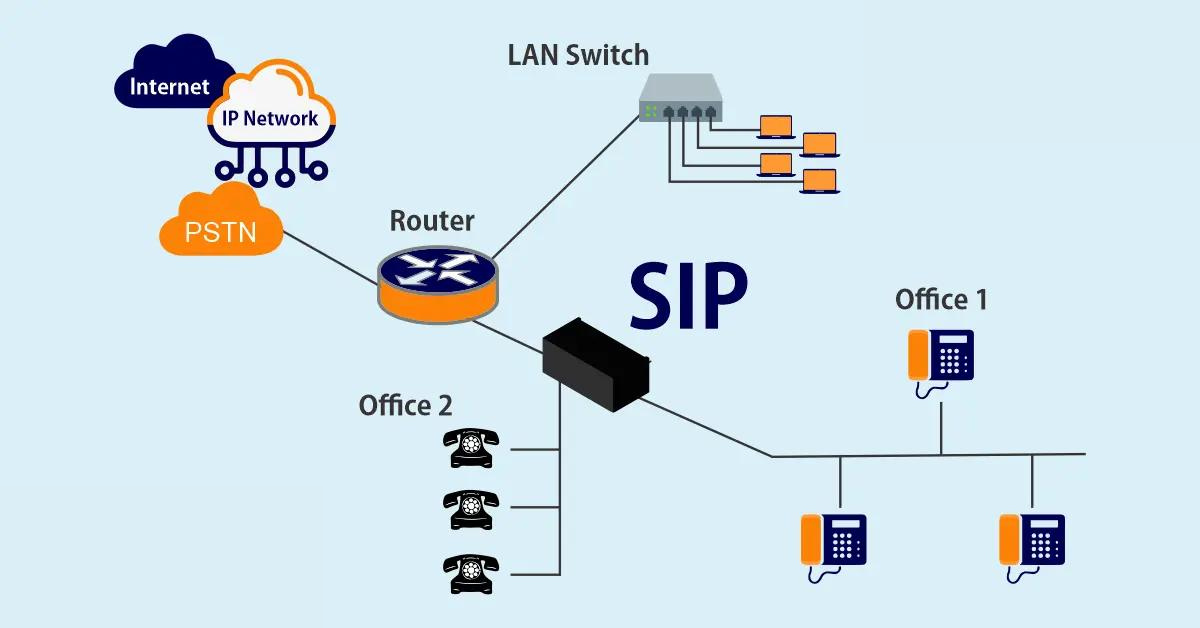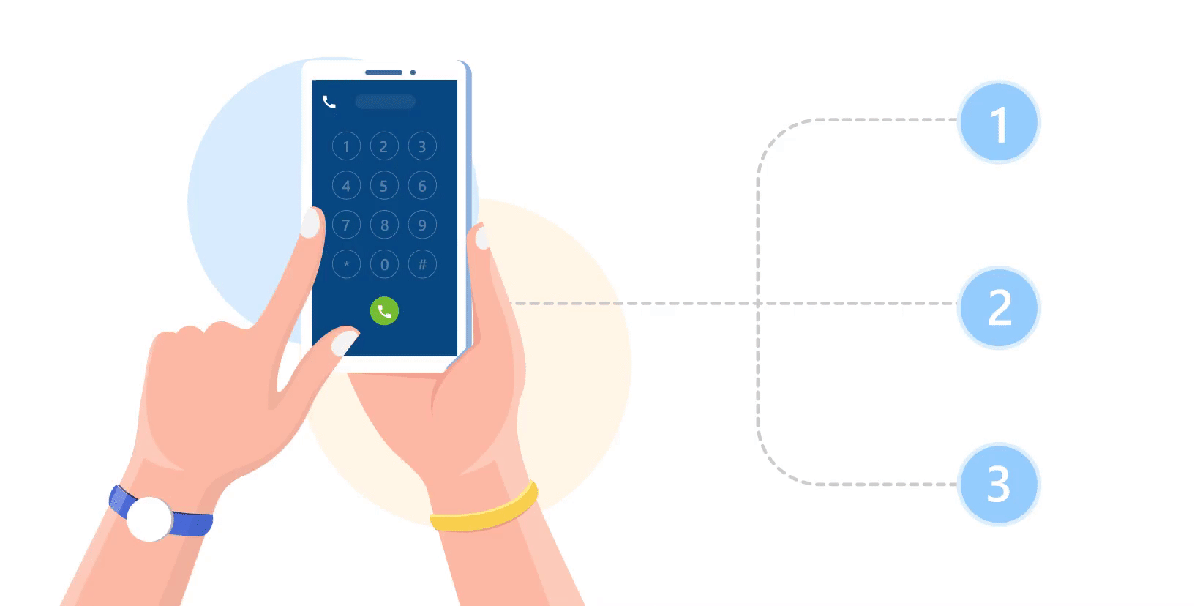
PRI / SIP
PRI (Primary Rate Interface) and SIP (Session Initiation Protocol) are widely used telecommunication technologies, each serving distinct purposes. PRI is a traditional digital telephone standard that connects a PBX system to the PSTN. It provides high-capacity voice communication with up to 23 channels in North America and 30 channels in other regions.
In contrast, SIP is a modern internet-based telephony protocol enabling businesses to make and receive calls over IP networks. SIP solutions offer scalability, cost efficiency, and seamless integration with modern VoIP systems, making it an ideal choice for businesses seeking flexibility in their communication networks.
.gif)

.gif)



